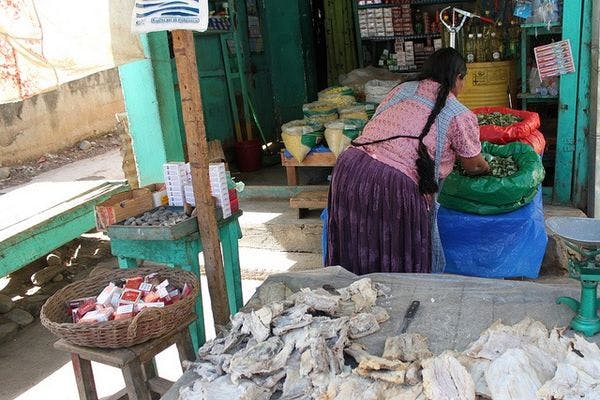Bolivia's smarter approach to controlling coca production
By Diego Garcia-Devis, Open Society Foundations
On May 14, 2015, the government of Colombia announced that it would stop using glyphosate in the aerial fumigation of coca crops. The herbicide was being used as part of a 20-year-old supply-reduction tactic backed technically and financially by the United States. Colombia’s decision followed on the heels of a report published by the International Agency for Research on Cancer and issued by the World Health Organization that labeled glyphosate as a potential carcinogenic herbicide.
Colombian President Juan Manuel Santos, a champion of drug policy reform in the international arena, has announced a moratorium until October 1, 2015, to identify alternatives to the aerial eradication method of controlling the production of cocaine at its source. While advocates of forced eradication are demanding Colombia resume this practice, critics of this model are calling for policies that prioritize human development and human rights.
Habeas Coca: Bolivia’s Community Coca Control by Kathryn Ledebur and Linda Farthing, is timely in offering alternatives to forced eradication. The most recent contribution to the Lessons for Drug Policy series draws from a process initiated in Bolivia in 2004 when the Cato policy was put into effect allowing farmers to grow 1,600 square meters of subsistence coca per household. Later, in 2009, under the administration of Evo Morales, implementation of the community control model began. Under this scheme, farmers are subjected to monitoring by their peers and where excess coca production is identified, it is voluntarily eradicated, taking forced eradication out of the equation. This model is not necessarily limited to controlling excess coca production. As reported by Ledebur and Farthing, it is a multidimensional and participatory model that promotes the industrialization of coca and improves farmers’ livelihoods.
Click here to read the full article.
Keep up-to-date with drug policy developments by subscribing to the IDPC Monthly Alert.
Topics
Regions
Related Profiles
- Open Society Foundations (OSF)
